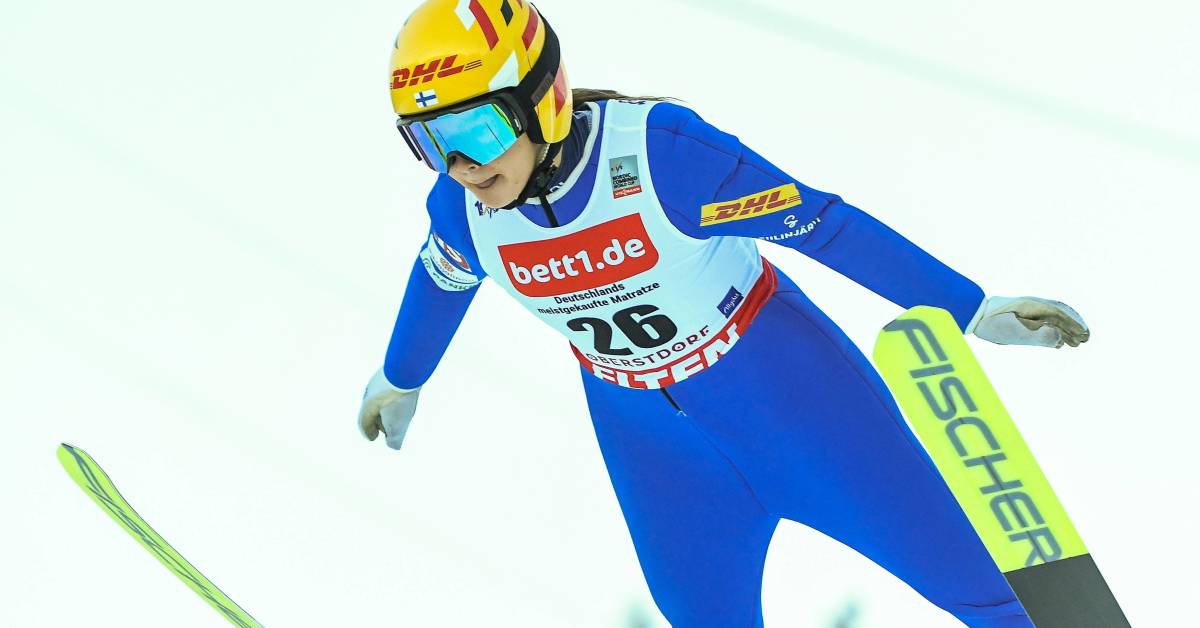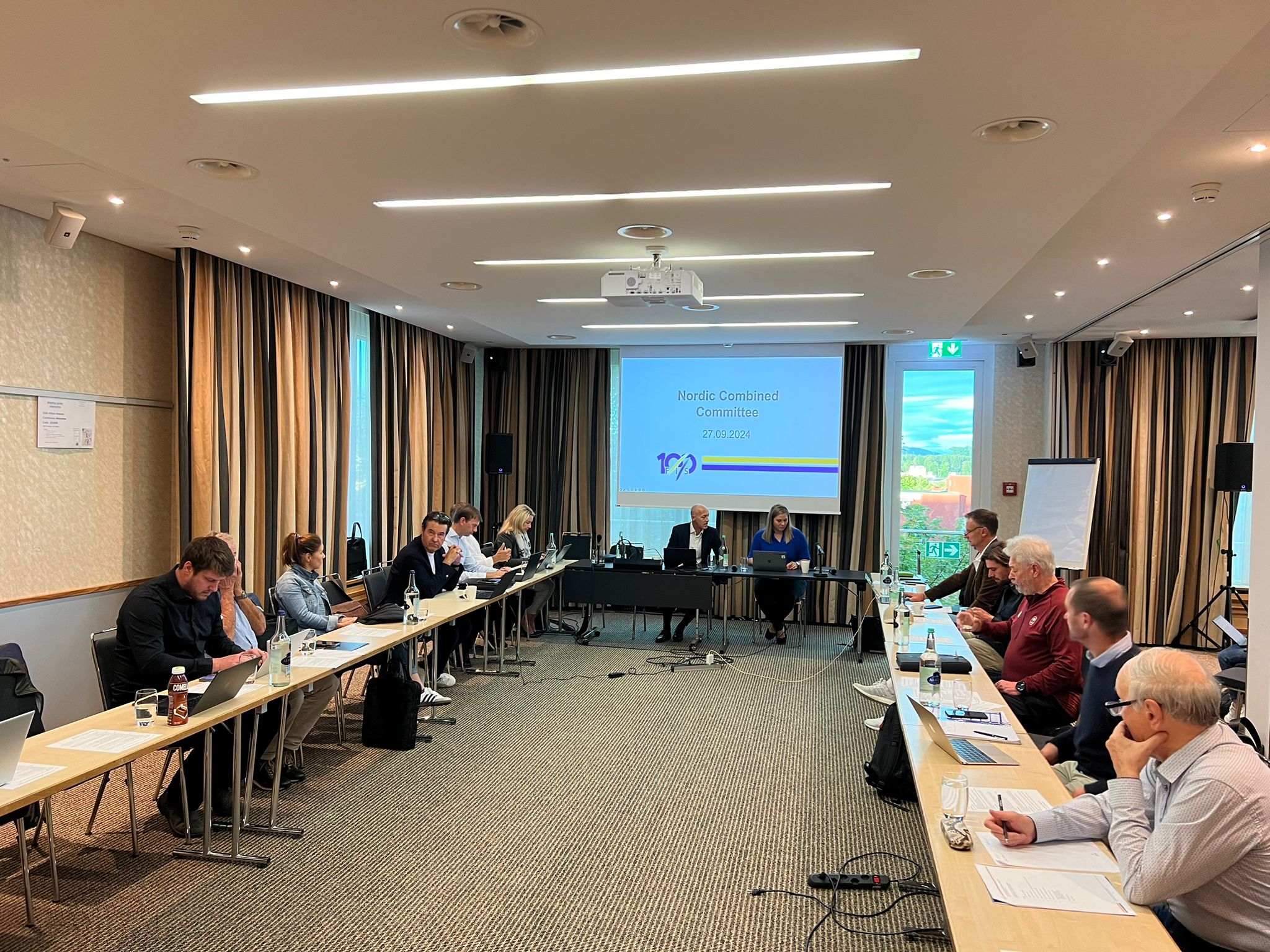
Challenges in Funding for Finland's Nordic Sports: A Comprehensive Overview
Originally published in Yle on May 15, 2024
On Wednesday, the Olympic Committee unveiled its latest financial support allocations for winter sports, revealing a €20,000 increase in funding for cross-country skiing, bringing the total to €500,000. Meanwhile, ice hockey maintains its funding at €480,000, and the emerging sport of freeskiing is also making its mark in the top sports support program.
The financial health of the Ski Association has been a subject of considerable discussion lately. Back in April, the association announced significant cuts that will impact ski jumping and Nordic combined team activities, indicating it cannot guarantee any national team operations for these disciplines in the current training season.
For this year, the Olympic Committee has allocated €120,000 for ski jumping and €170,000 for Nordic combined, the latter seeing a reduction of €30,000 compared to the previous year.
“We are committed to ensuring that our top athletes are well-prepared for the Milan Cortina 2026 Olympics,” stated Matti Heikkinen, director of the high-performance unit. “All support decisions are guided by clear and rigorous criteria, and while there are fluctuations, our primary focus remains on supporting elite athletes.”
The Impact of Economic Conditions on Ski Funding
Heikkinen emphasizes that the Olympic Committee determines funding based on the potential for success. Currently, cross-country skiing, ice hockey, and freeskiing are viewed as having promising prospects for medal contention at the 2026 Winter Olympics.
In the previous winter games, Finland secured a total of eight medals, with cross-country skiing contributing six and ice hockey two.
“The main criteria for these sports include a strong likelihood of winning multiple medals at the next Olympics. The decisions are straightforward when we analyze our success in snow sports—particularly in light of the performance in Beijing,” Heikkinen noted, referencing Finland's achievements in cross-country skiing.
“I also believe that winter sports, beyond their medal potential, harbor expertise that can be leveraged across all of Finnish high-performance sports. Therefore, these grants should be viewed positively, rather than pitting one sport against another,” he added.
Addressing the Ski Association's Financial Challenges
When asked if the Ski Association’s financial woes contributed to the funding decisions, Heikkinen reiterated their commitment to ensuring top athletes are primed for competition leading up to Cortina. “Naturally, we assess the overall situation and allocate support where it is most needed. This is our fundamental responsibility, and we are dedicated to working closely with the sports community on this.”
Ensuring Care for Elite Athletes
Last winter, both Jenny Rautionaho (ski jumping) and Minja Korhonen (Nordic combined) celebrated finishes in the top three at the World Cup. However, overall success in these sports has been limited for Finland.
“Success is our ultimate goal in high-performance sports,” Heikkinen commented. “The current circumstances in skiing pose challenges, but we are committed to supporting our top athletes as they prepare for Cortina. National team activities have historically been vital in ski sports, and it’s crucial for elite athletes to remain engaged in these efforts.”
Heikkinen also addressed whether the current financial support suffices to sustain summer activities for ski jumping and Nordic combined, stating, “The responsibility for national team activities rests with the sport itself. We aim to ensure robust support for athletes involved in national team preparations.”
Expert Insight on Reduced Support
Once a hallmark of Finland's winter sports success, Nordic combined now faces challenges. Three years ago, Ilkka Herola brought home a silver medal from the World Championships; however, no Finnish male athlete made it to the top three in individual events last season.
Consequently, funding for the sport has decreased by €30,000 compared to the previous year.
Yle's Nordic combined expert Petter Kukkonen expressed understanding of the Olympic Committee's rationale behind these funding reductions. He noted that in the upcoming Olympics, the number of competitors in Nordic combined will significantly decline, changing from four to three athletes allowed in individual events.
“I believe the Olympic Committee factored this into their decision-making process. The preparation and participation will be concentrated within a narrower group of athletes. Unlike other sports, Nordic combined is in a unique position,” Kukkonen explained.
Furthermore, the traditional four-athlete team event in Nordic combined has been replaced with a pair relay format in Milan.
A year ago, seven athletes received training grants as part of the national team, but that number has now dropped to four. Kukkonen believes this reduction has contributed to the decreased funding.
“The intentions of the Olympic Committee and the high-performance unit are not solely to cut funding but to adapt based on the governing body's overall role. With the Ski Association facing difficulties, the athletes' personal contributions and club support become vital. With funding for sports projected to decline in the coming years, it’s wise for the high-performance unit to focus its resources on elite athletes,” Kukkonen concluded.
See Also
/origin-imgresizer.eurosport.com/2024/06/27/image-019b2e5c-e521-4906-a156-f956be39b124-85-2560-1440.jpeg)
End of Partnership with Norway Due to Financial Challenges
June 27, 2024 / Eurosport

The Decline of Germany’s Nordic Combined Dominance
March 19, 2024 / Sportschau
/origin-imgresizer.eurosport.com/2024/03/10/3926796-79768688-2560-1440.jpg)
Norway Revamps Nordic Combined Teams Ahead of World Championships
April 25, 2024 / Eurosport

Highlights from the Nordic Combined Committee Meeting
September 28, 2024 / FIS